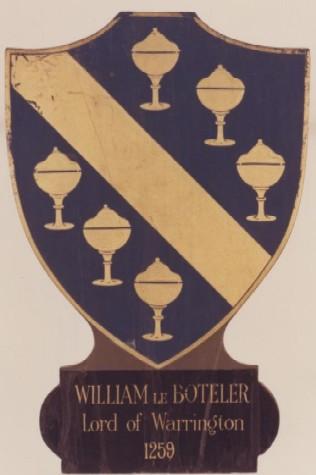
Title: High Sheriff of Lancaster
Name: William le Boteler, Lord of Warrington
Herald date: 1259
Azure, a bend between six covered cups Or.

Name: William le Boteler, Lord of Warrington
Herald date: 1259
Azure, a bend between six covered cups Or.
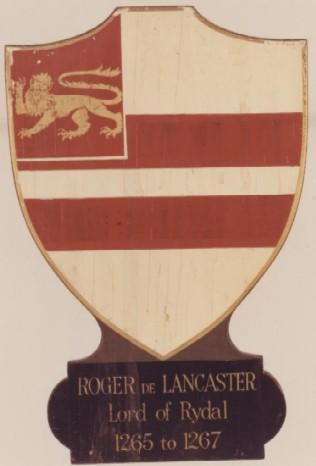
Name: Roger of Lancaster, Lord of Rydal
Herald date: 1265-1267
Argent, two bars Gules on a canton of the last a lion passant guardant Or.
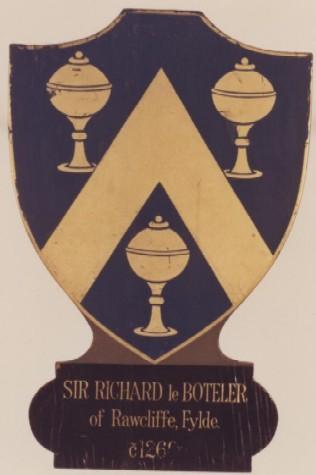
Name: Sir Richard le Boteler, of Rawcliffe, Fylde
Herald date: 1266
Azure, a chevron between three covered cups Or.
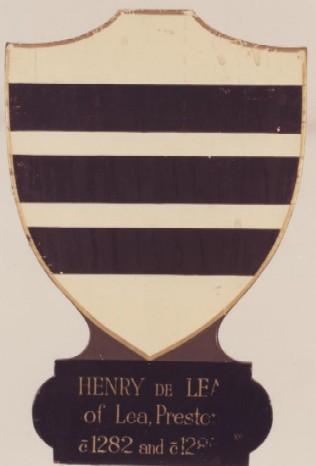
Name: Sir Henry de Lea, of Preston
Herald date: 1282-1284
Argent, three bars Sable.
Sir Henry was executed in 1315 for his part in the revolt against Thomas of Lancaster during the great upheavals of the reign of Edward II and in the aftermath of the English defeat at Bannockburn. Robert the Bruce sacked the town of Lancaster and attacked (but did not take) the castle.
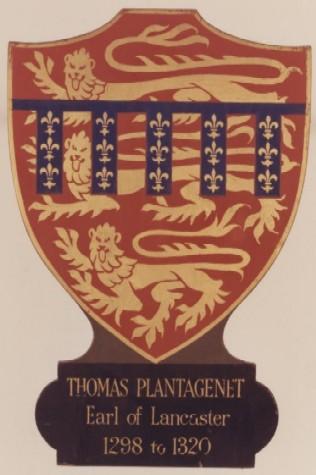
Name: Thomas, Earl of Lancaster
Herald date: 1298-1320
Gules, three lions passant guardant in pale Or a label of five points Azure semee de lys Or.
Thomas Plantagenet (1278-1322) was one of the most powerful and controversial figures in medieval history. Cousin to the King, Edward II, he was also one of his staunchest opponents. An Ordainer, Thomas despised the hold Edward’s ‘favourites’ had over the king, and he was personally responsible for the death of Piers Gaveston, an act for which Edward was never to forgive him.
Edward’s many failures only served to enhance Thomas’s power and despite the hatred that existed between the two Edward was forced to reinstate Thomas as his chief advisor in 1316, in the wake of the defeat of the English army at Bannockburn.
Finding himself faced yet again by more ‘favourites’ this time the Despensers, Thomas eventually rose in rebellion and was captured at Boroughbridge in 1322 and taken to Pontefract where he was beheaded infront of the King.
Although a cult briefly grew up around him Thomas was no Simon de Montfort. In fact he was a callous. self-serving petty tyrant, whose main concern was the accummualtion of wealth and power.
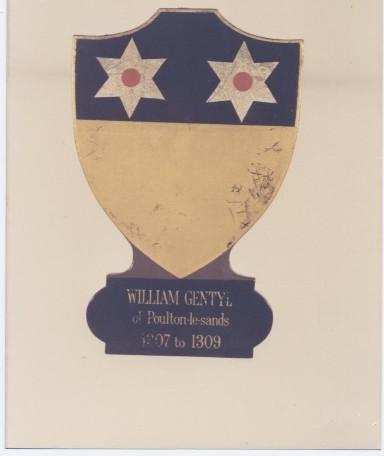
Name: William Gentyl of Poulton le Sands
Herald date: 1307-1309
Or, on a chief Sable two mullets of six points Argent pierced Gules.
Little is known of William’s career beyond the fact that he held lands at Skerton. An Agnes de Gentyl married one Robert de Washington of Carnforth (d 1348) a forebear of the first President of the United States. At some point in the 14th century the Gentyl lands fell by marriage to the Lawrence family.
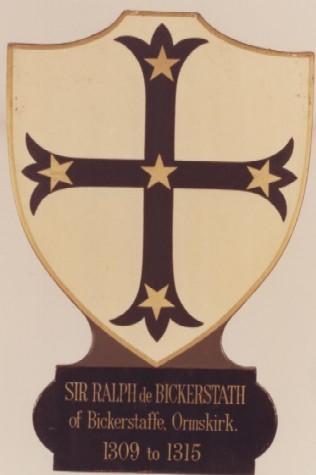
Name: Sir Ralph de Bickerstath
Herald date: 1309-1315
Argent of a cross patonce Sable five mullets Or.
From Bickerstaffe near Ormskirk, Sir Ralph was another northern lord caught up in the events of Adam be Banestre’s revolt of 1315. Wounded at the Battle of Preston, he sought sanctuary at Croston Church where he died of his injuries.
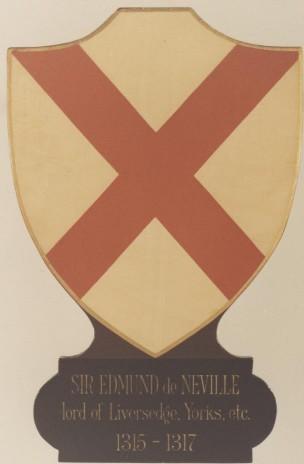
Name: Sir Edmund de Neville
Herald date: 1315-1317
Argent, a saltaire Gules.
From Hornby, near Lancaster, the son of John de Neville and Margaret de Longvilliers. Edmund was instrumental in crushing the revolt of Adam de Banistre in 1315. Also Lord of Liversedge (Yorkshire).
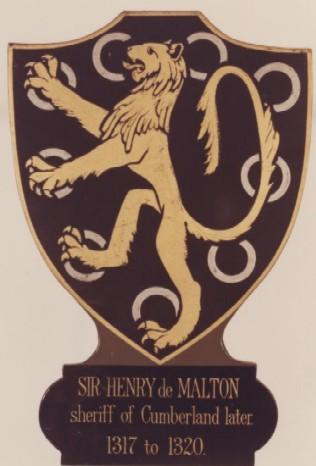
Name: Sir Henry de Malton
Herald date: 1317-1320
Sable, and orle of annulets Argent over all a lion rampant Or.
Henry was from Malton in Yourkshire. Later Sheriff of Cumberland (1323-1325).
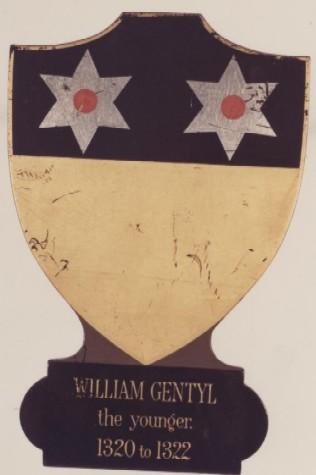
Name: William Gentyl, the Younger
Herald date: 1320-1322
Or, on a chief Sable two mullets of six points Argent pierced Gules.